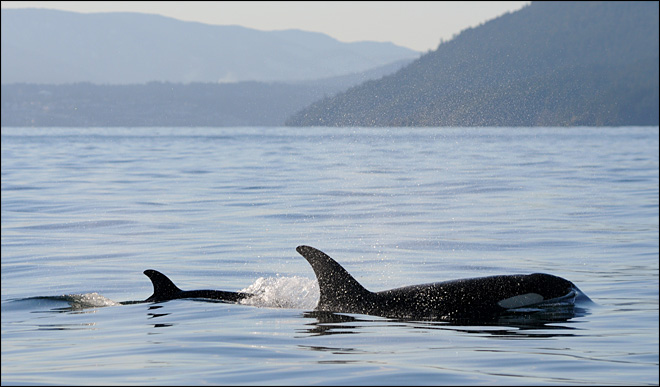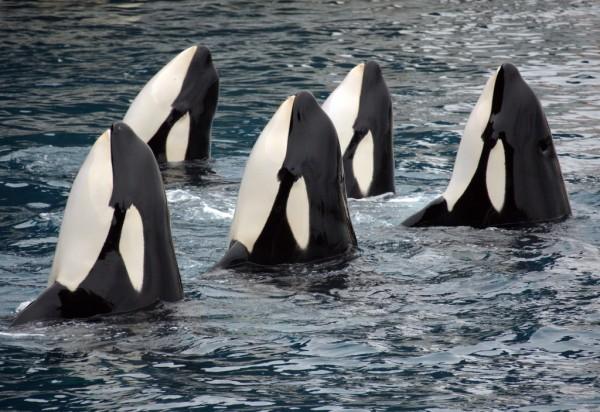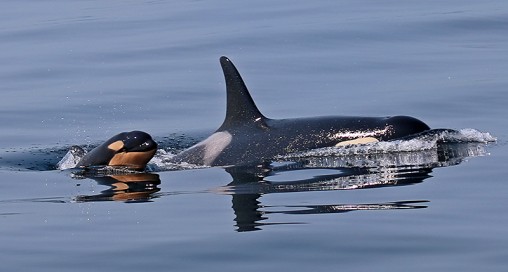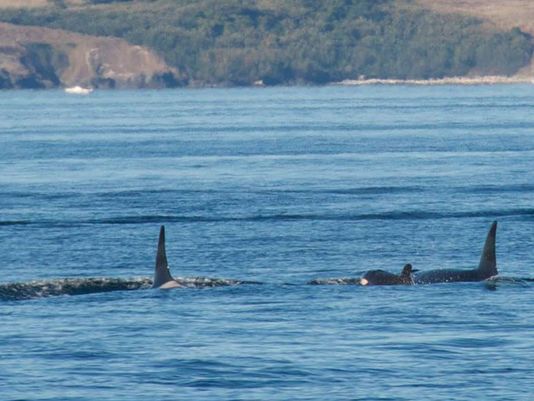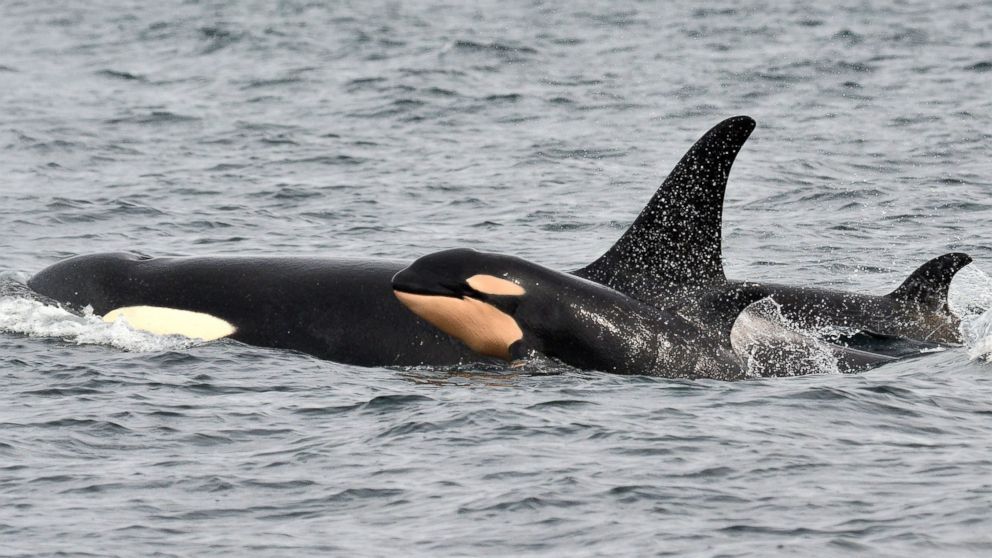
By PHUONG LE, Associated Press
The endangered population of killer whales that spend time in Washington state waters is experiencing a baby boom with a fourth baby orca documented this winter.
The newborn was spotted Monday by whale-watching crews and a naturalist in the waters of British Columbia, according to the Pacific Whale Watch Association, which represents 29 whale-watching operators in Washington and British Columbia.
The orca was swimming with other members of the J-pod, one of three families of orcas that are protected in Washington and Canada.
Ken Balcomb, a senior scientist with the Center for Whale Research on Friday Harbor, confirmed the birth to The Associated Press on Tuesday. The center keeps the official census of endangered southern resident killer whales for the federal government.
The birth brings the population to 81, still dangerously low. Listed as endangered in 2005, the whales are struggling because of pollution, lack of food and other reasons.
“This one looked quite plump and healthy,” said Balcomb, who reviewed photographs of the newborn. “We’re getting there. We wish all these babies well. They look good.”
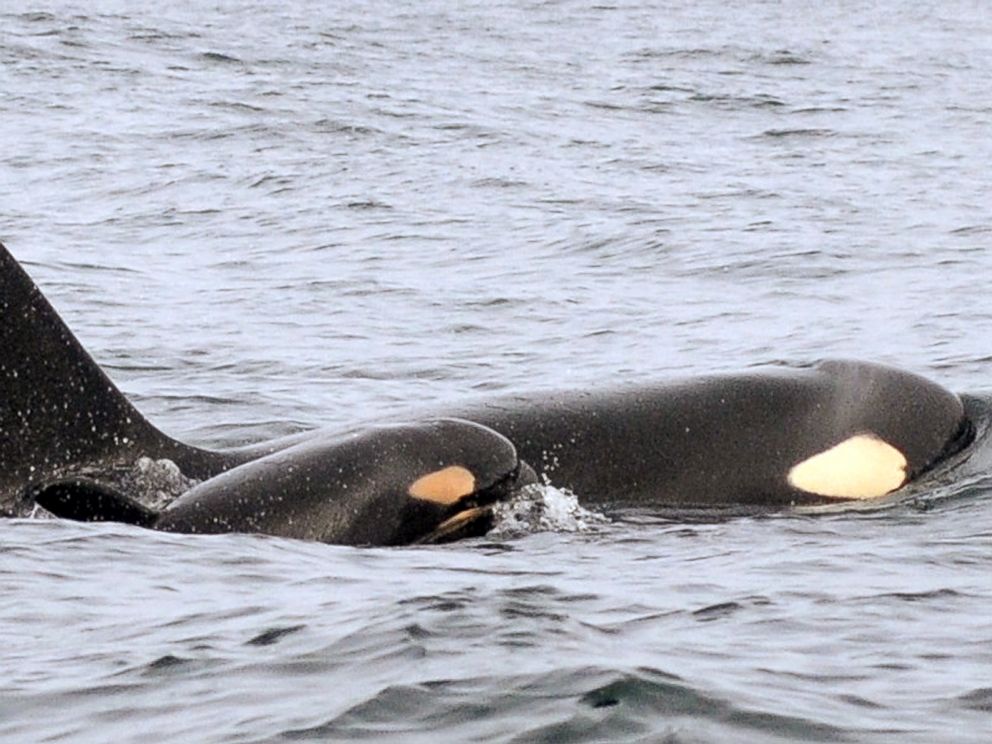
While he and others hailed the birth of four baby orcas since December, they cautioned that the survival rate for babies is about 50 percent.
“Given where we were four months ago, it’s certainly the trend we’re hoping for,” Brad Hanson, wildlife biologist with NOAA’s Northwest Fisheries Science Center in Seattle, said Tuesday.
“It’s still far too early to think we’re out of the woods yet,” said Hanson, who studies the orcas.
Michael Harris, executive director with the Pacific Whale Watch Association, said, “Who doesn’t love baby orcas, right?” But he, too, urged measured optimism.
“We’re going to keep a careful watch on these babies and our fingers crossed,” he added.
The newest orca was spotted Monday swimming with a calf that was born in December and a female whale. Another calf was born to the J-pod in early February, while a calf in the L-pod was observed in late February.
Balcomb said he thinks the baby’s mother could be J-16, the female whale it was swimming with Monday. But it may be some time before the relationships are sorted out, he added.


